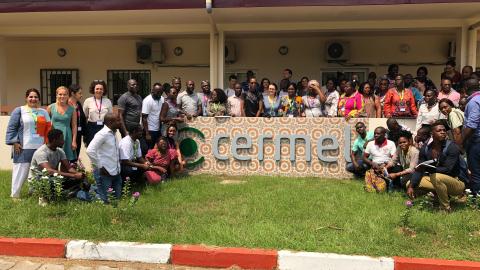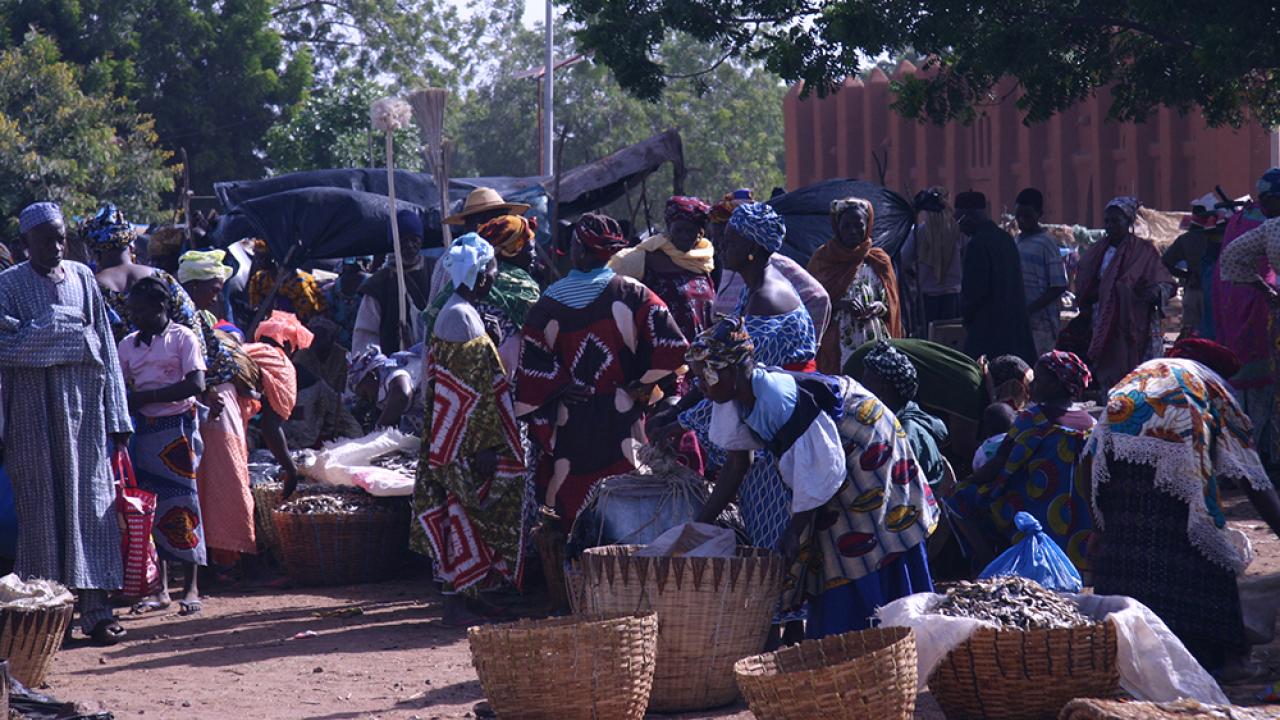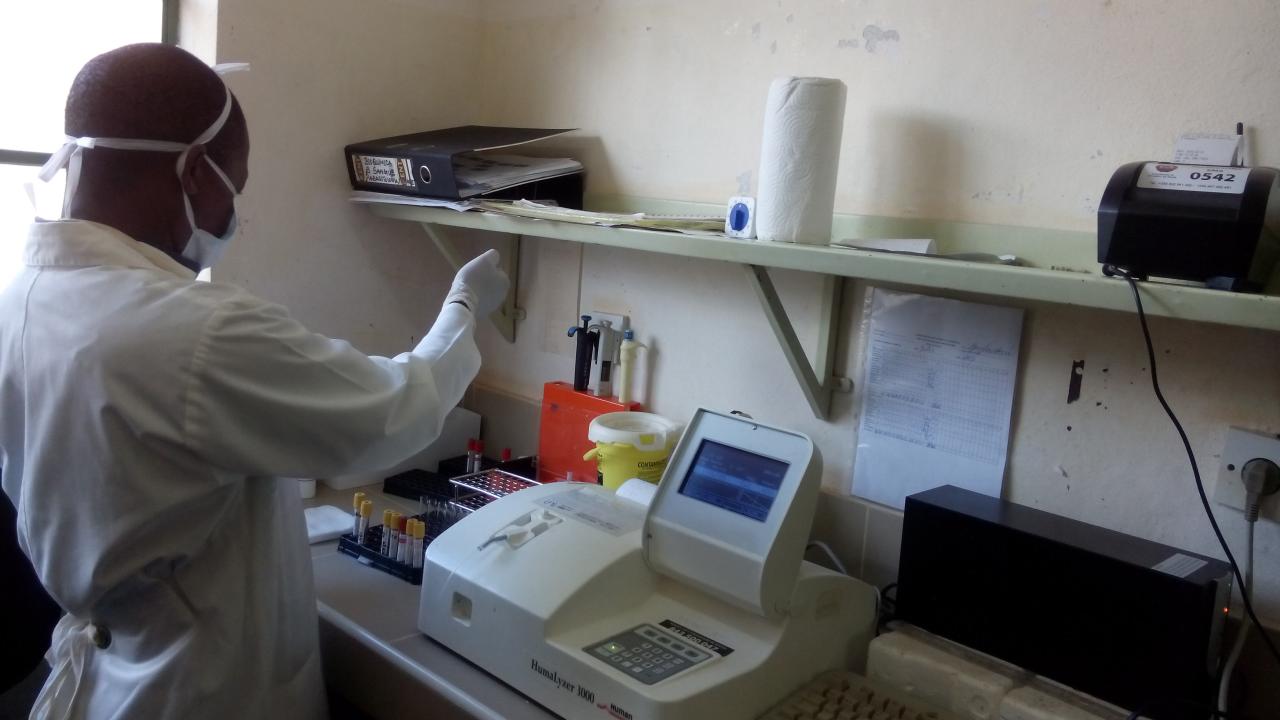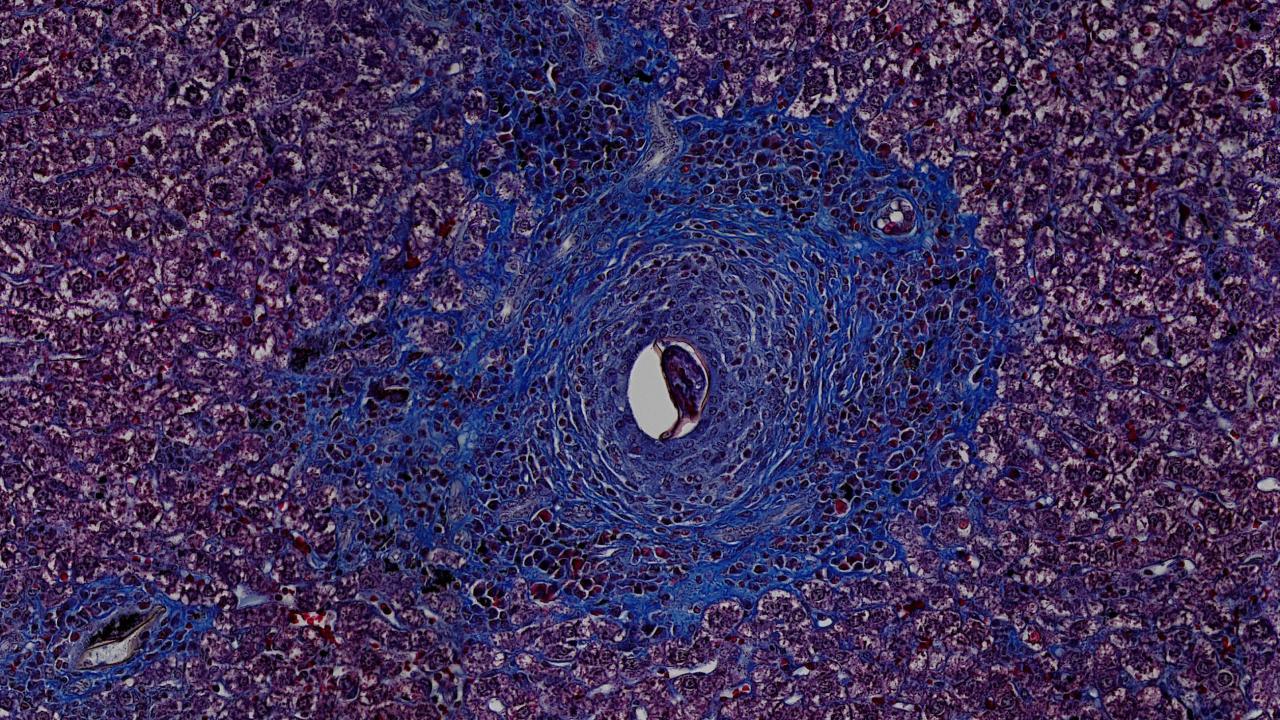




Development of novel tools and processes like data analytics is a key factor for the elimination of many infectious diseases. Health technologies include ‘devices, medicines, vaccines, procedures, and systems’, and we approach them through innovation; implementing cutting edge technologies from proteomics to AI and machine learning to address global health problems in a feasible and sustainable manner with the aim of democratizing access to these technologies. We focus on diagnostics development, innovating new platforms, and repurposing existing ones; to improve Schistosoma detection, by making the leap in sensitivity and utility that is needed to reach the WHO goals of eliminating schistosomiasis by 2030.
Why are health technologies so important to addressing global health in the 21st century?
In a modern, connected world, technology offers people great opportunity but also presents many challenges. Modern technology offers endless potential when it comes to addressing urgent health concerns. In a world where two-thirds of the population own a mobile phone, it is imperative to develop tools that keep up with, and take advantage of, this reach. However, technology is not just the tools invented to solve a health problem, but also the innovative processes used to put these tools to action. Now, our connectedness and technological advances, make developing cheaper and more effective tools that reach people a possibility. This requires application and commitment to achieve – and many more researchers need to make this commitment, so we can achieve the goals of reducing the disease burden of NTDs, or even eliminating these and other debilitating diseases completely.
What health technologies are being developed in the working group?
Currently we are approaching our targets through diagnostics development across a number of projects including one within the DZIF TTU Malaria and Neglected Tropical Diseases developing a rapid field-applicable standalone PCR test for schistosomiasis; implementing machine learning and proteomics to identify the profile of Schistosoma haematobium infection and differentiate that from soil-transmitted helminth infection, as part of the DFG project HelmVit; or lending our microbiology expertise to partners at TUM to bring their novel tools to the clinic, e.g. CellFACE, a label-free flow cytometry platform pioneered at TranslaTUM. We rely on biomarkers to guide our understanding of disease and we aim to improve our understanding of relevant biomarkers and extract their hidden value through novel data analytics.
What health technologies are being developed in the working group?
Currently we are approaching our targets through diagnostics development across a number of projects including one within the DZIF TTU Malaria and Neglected Tropical Diseases developing a rapid field-applicable standalone PCR test for schistosomiasis; implementing machine learning and proteomics to identify the profile of Schistosoma haematobium infection and differentiate that from soil-transmitted helminth infection, as part of the DFG project HelmVit; or lending our microbiology expertise to partners at TUM to bring their novel tools to the clinic, e.g. CellFACE, a label-free flow cytometry platform pioneered at TranslaTUM. We rely on biomarkers to guide our understanding of disease and we aim to improve our understanding of relevant biomarkers and extract their hidden value through novel data analytics.
What translational activities do we undertake in this field?
Implementation and process innovation of novel technologies also relies on an end-user feedback loop. Hence, in collaboration with the Center for Global Health (CGH) at TUM, we organize activities aimed at engagement of our LMIC partners who will implement these technologies. Recently, we have organized workshops and webinars supporting training and capacity building in the field of novel diagnostics and the CGH provides a sustained networking platform for scientific exchange. Human schistosomiasis disproportionately affects women and girls with a less well-known manifestation called Female genital schistosomiasis (FGS). Fresh water contact has been identified as a special risk, and socio-cultural factors in SSA mean women and girls are 2/3rds more likely than men to carry out water-based domestic and/or recreational activities, and hence are at greater risk for developing FGS. The CGH, along with its partners in sub-Sahara Africa, organized a women’s health workshop in Gabon in 2020 aimed at education and training to combat low awareness and poor diagnosis of the condition among health workers. An eventual pilot of the novel diagnostic technologies amongst these populations is under discussion.

Can new diagnostics for NTDs help to eliminate these diseases?
Taking advantage of new technologies such as PCR rapid testing, or mass spectrometry is a key step in fighting NTDs. Current diagnostics are insufficient for almost all NTDs, lacking the sensitivity to sufficiently identify the disease and cure it. Quicker, more innovative diagnostics will allow us to identify disease rapidly and accurately in a manner previously reserved for high-income countries with highly developed healthcare systems. Better diagnostics can help us more effectively cure disease and monitor its re-emergence (xenomonitoring of environmental samples), a key tool in disease control, as we have witnessed with the COVID-19 pandemic. This is also evidenced in the prioritization of diagnostics development in the new WHO roadmap for NTDs to 2030, and the work by organizations such as PATH, to identify Target Product Profiles for these diagnostics.
Why must health technologies be developed together with the end-user in LMICs?
Health technologies cannot rely solely on the invention of instruments; therefore, we focus on implementation and field testing with our regional partners in Africa. Implementation also means putting the tools to use in the best way possible, making our PCR test a key weapon in fighting Schistosomiasis through improved disease mapping made possible by high sensitivity, specificity, and throughput. This also includes process innovations, making the most of the tools at hand by innovating on how they are used – to this end, multiplexing is a key benefit of a standalone PCR platform, identifying a number of diseases in one go.
Current projects in “Novel technologies in Global Health”
- Molecular testing for NTDs and female reproductive health
- Uncovering hidden biomarkers of Schistosoma infection through high-throughput proteomics and novel analytics
- CellFACE - digital hologram microscopy and microfluidics to enable powerful imaging cytometry